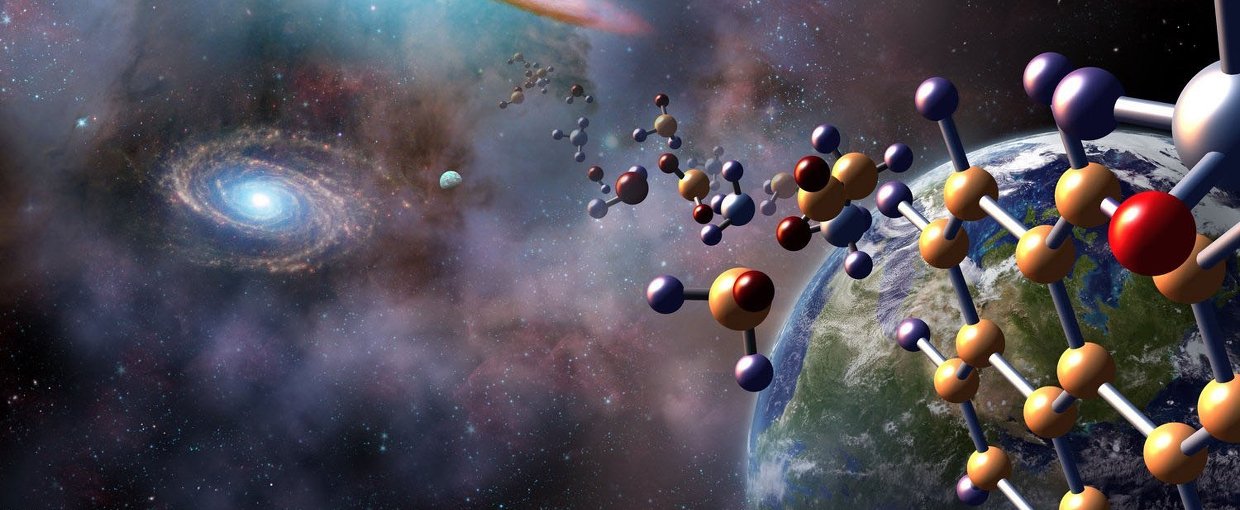
A decade of exoplanet search has led to surprising discoveries, from hot giant planets orbiting their star within a few days, to planets orbiting two Suns, extremely hot worlds with potentially permanent lava on their surfaces due to the star’s proximity all the way to the first potential rocky worlds in the Habitable Zone of their stars. Nearly two thousand planets have already been detected around other stars. The high numbers of small planets in the Habitable Zone of their stars makes the search for other Earth-like planets an even more exciting endeavor.
Observation techniques have now reached the sensitivity to explore the chemical composition of the atmospheres as well as the physical structure of some detected gas planets.
With the next big telescopes on the horizon, but limited observation time, the question of how we can prioritize targets to follow up as well as determine our best strategy to observe the spectra of a planet to pick up atmospheric signatures including biosignatures is intriguing. We are generating a spectral database for Earth-like exoplanets for future missions. We use shuttle and satellite data, for stars and planets as well as geometry of the system and lessons learned from our own Solar System to generate models of their spectral fingerprints. Our models combine data from remote planets with geographical and atmospheric data from Earth to determine how our planet would have looked billions of years ago, or a hot or cool super- or Mini-Earth generating a spectral fingerprint of light for a planet.
The spectral fingerprint of light of planets gives us the key to explore them over light years away and to explore new worlds in the sky.
This talk was also featured in Astrobiology Magazine. Click here for the full article.
 A Talk With Jim Green
A Talk With Jim Green What Can Extant Genomes Reveal About Early DNA Metabolism?
What Can Extant Genomes Reveal About Early DNA Metabolism? What We Talk About When We Talk About Earth's Oxygenation
What We Talk About When We Talk About Earth's Oxygenation Bowling With Astrobiologists: A Twisted Path Toward the Origin of DNA
Bowling With Astrobiologists: A Twisted Path Toward the Origin of DNA